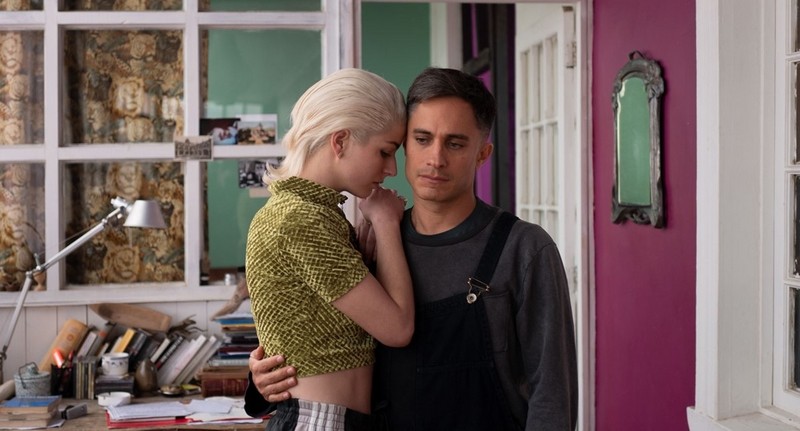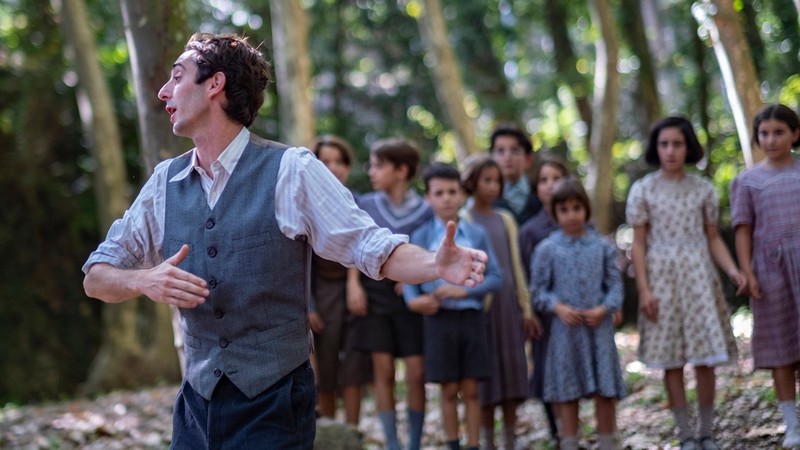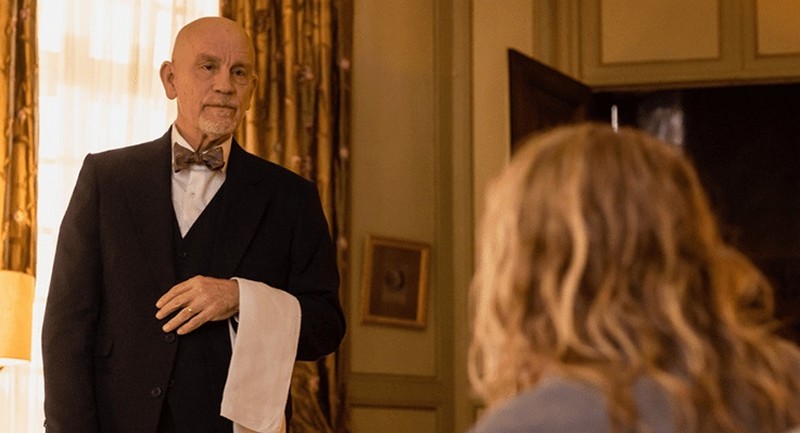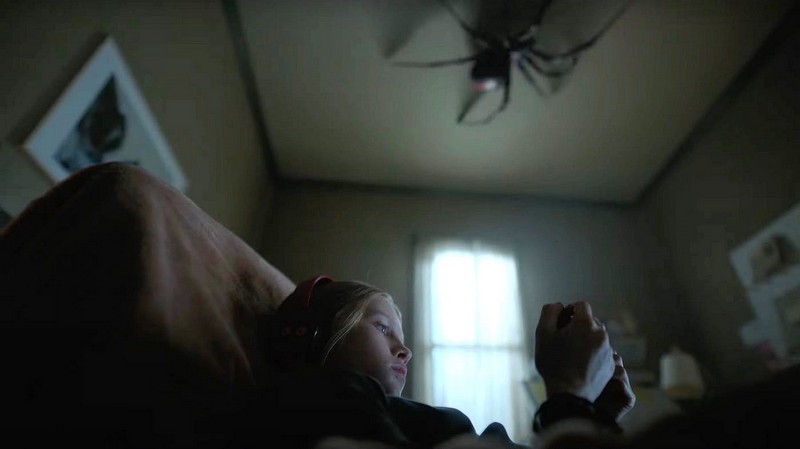Pablo Larraín is a Chilean filmmaker of distinctive style. Much loved in art house circles, his films are often marked by slow narratives punctuated by arresting visuals – and occasionally violence. His latest film to reach these shores, Ema (actually made in 2019) follows a similar pattern.
Larraín’s Jackie (2016) was one of my favourite films of that year. Ema is a more difficult proposition. Jackie peered sympathetically into the grief of the former First Lady following the assassination of President Kennedy. But Ema can’t seem to make up its mind about its titular character.

Ema (Mariana Di Girolamo) is in a relationship with Gastón (Gael García Bernal). He’s considerably older than her, and is the director of a dance company where Ema is a dancer. The couple adopted a child, Polo (Cristián Suárez) but things went wrong. Polo set a fire that disfigured Ema’s sister. Ema returned him to state care, but now regrets her choice and she tries to track down the boy. Gastón and Ema blame each other – and themselves. Eventually it becomes too much and Ema hires a divorce lawyer, Raquel (Paola Giannini). But Ema has her own issues with fire. After she sets a car ablaze, she calmly inveigles herself into the affections of the attending firefighter, Anibal (Santiago Cabrera). Set free from Gastón, Ema throws herself into a series of sexual relationships. But Ema isn’t just acting out. She has a plan.
At one point, Ema tells Anibal she’s “evil”. By the end of the film, I felt like she might actually be. The closing shot, while outwardly prosaic, hints at a troubling future for these characters. Outwardly, Larraín wants us to empathise with Ema. After all, she’s “lost” a child – maybe through her own fault, but “lost” him nonetheless. But her choices – both for herself and for those around her – are incredibly destructive. I got the feeling Larraín was speaking through Gastón in one crucial scene where he derides Ema’s choices in many areas.
That confusion is exacerbated by the script (co-written by Larraín, Guillermo Calderón and Alejandro Moreno) which has the characters sometimes saying contradictory things to each other in the same scene. Very Hiroshima, Mon Amour. And in the third act, Larraín perhaps loses control of his narrative to an extent, the film descending into a melange of seemingly unconnected scenes.
But despite those script problems, Ema delivers some extraordinary moments. Many of them feature either fire or dance (and sometimes both). A stunning sequence in which Ema dances along a wall on the Valparaiso waterfront was particularly memorable for me. Indeed, Valparaiso itself almost becomes another character in the narrative. Cinematographer Sergio Armstrong (Neruda) brilliantly captures Larraín’s vision. His exquisite framing and saturated colour palette ensure Ema is never less than visually arresting. The film also features some frank sex scenes, so be aware if that’s not your bag.
Frequent Larraín collaborator Gael García Bernal gives a strong performance as the rather unlikeable Gastón. Santiago Cabrera lends solid support as Anibal, though Paola Giannini is more prominent as the lawyer Raquel. But Mariana Di Girolamo absolutely walks away with the film as the incendiary Ema.
Ema continues Larraín’s already strong filmography. While this might not be his greatest work, it still ranks as far more interesting than much of the films in cinemas right now. This is definitely a confronting film for an art-house audience. But if that’s what you’re looking for, then give this a go.
David Edwards
Other reviews you might enjoy:

David Edwards is the editor of The Blurb and a contributor on film and television





